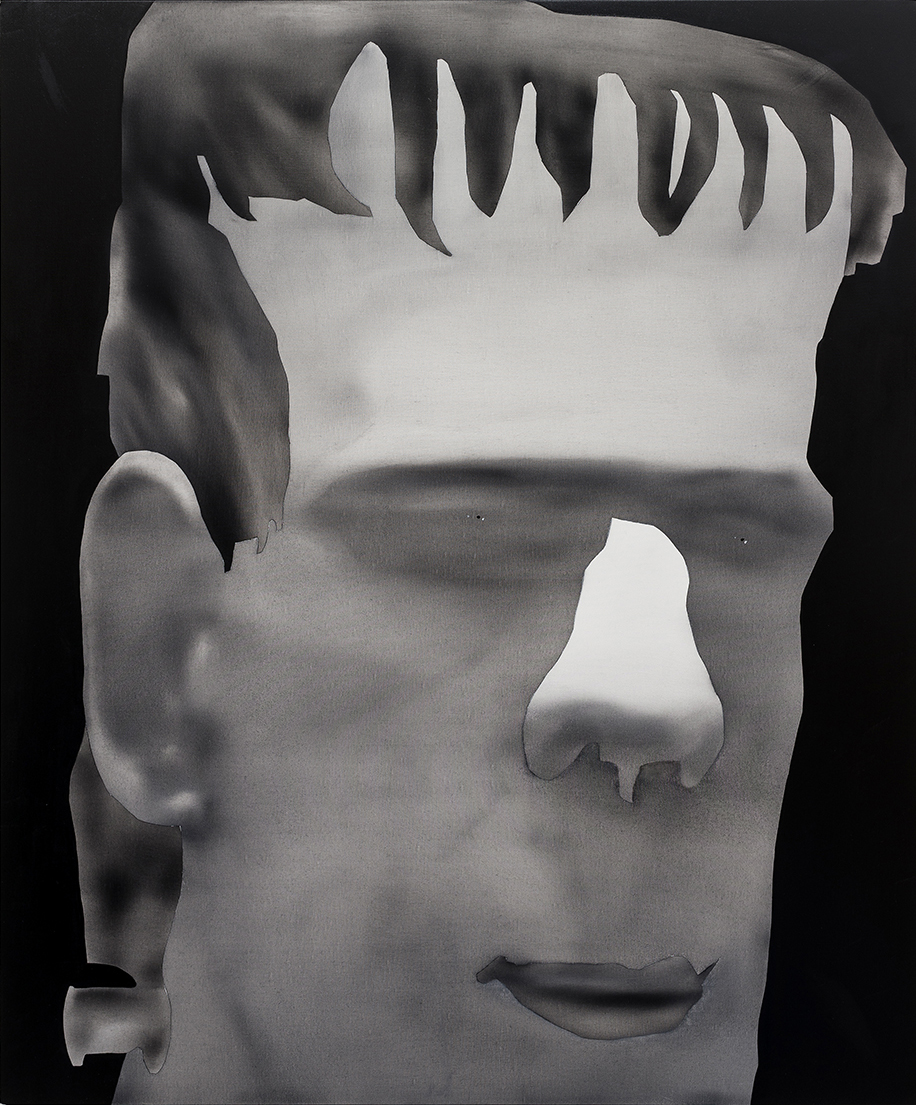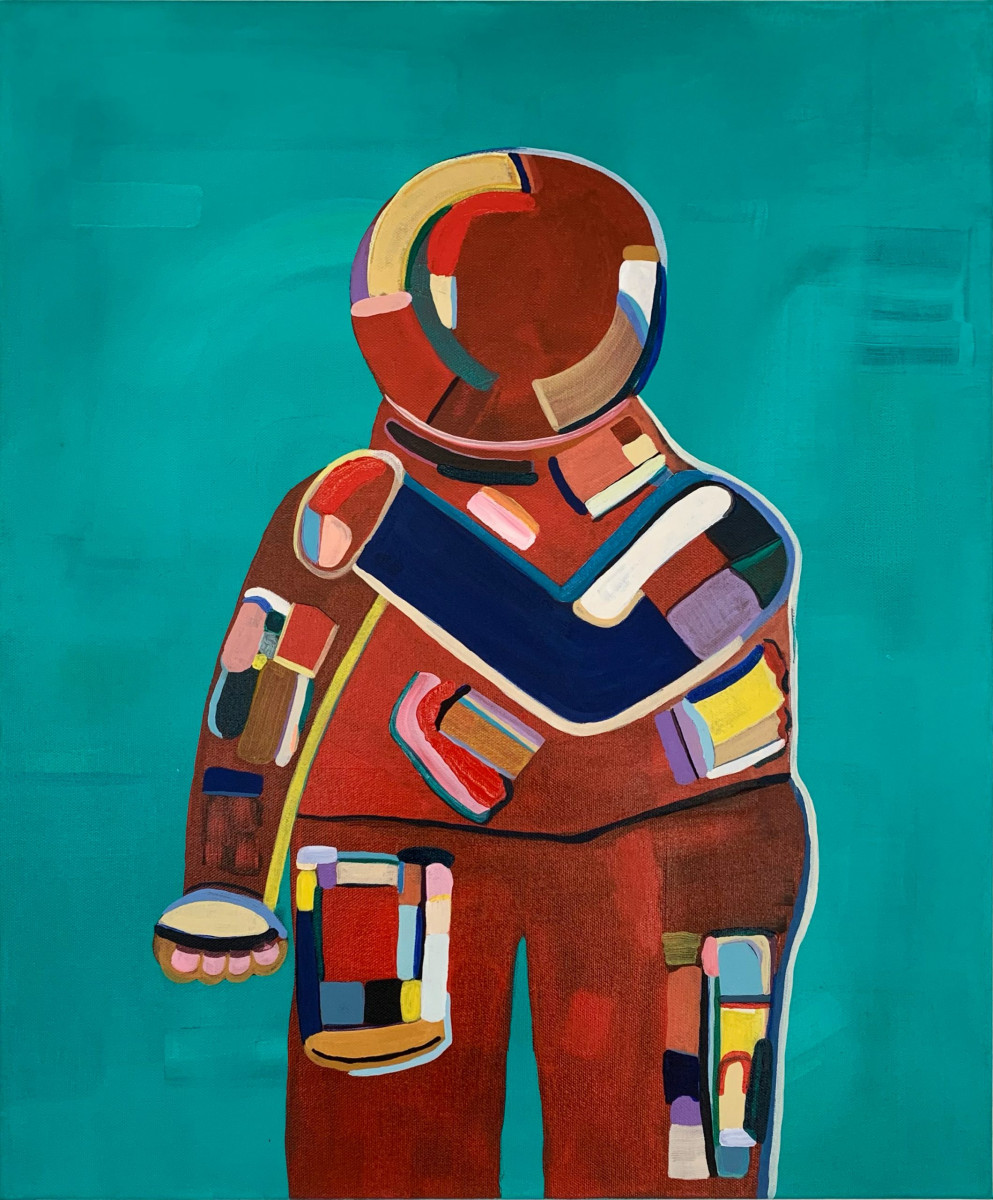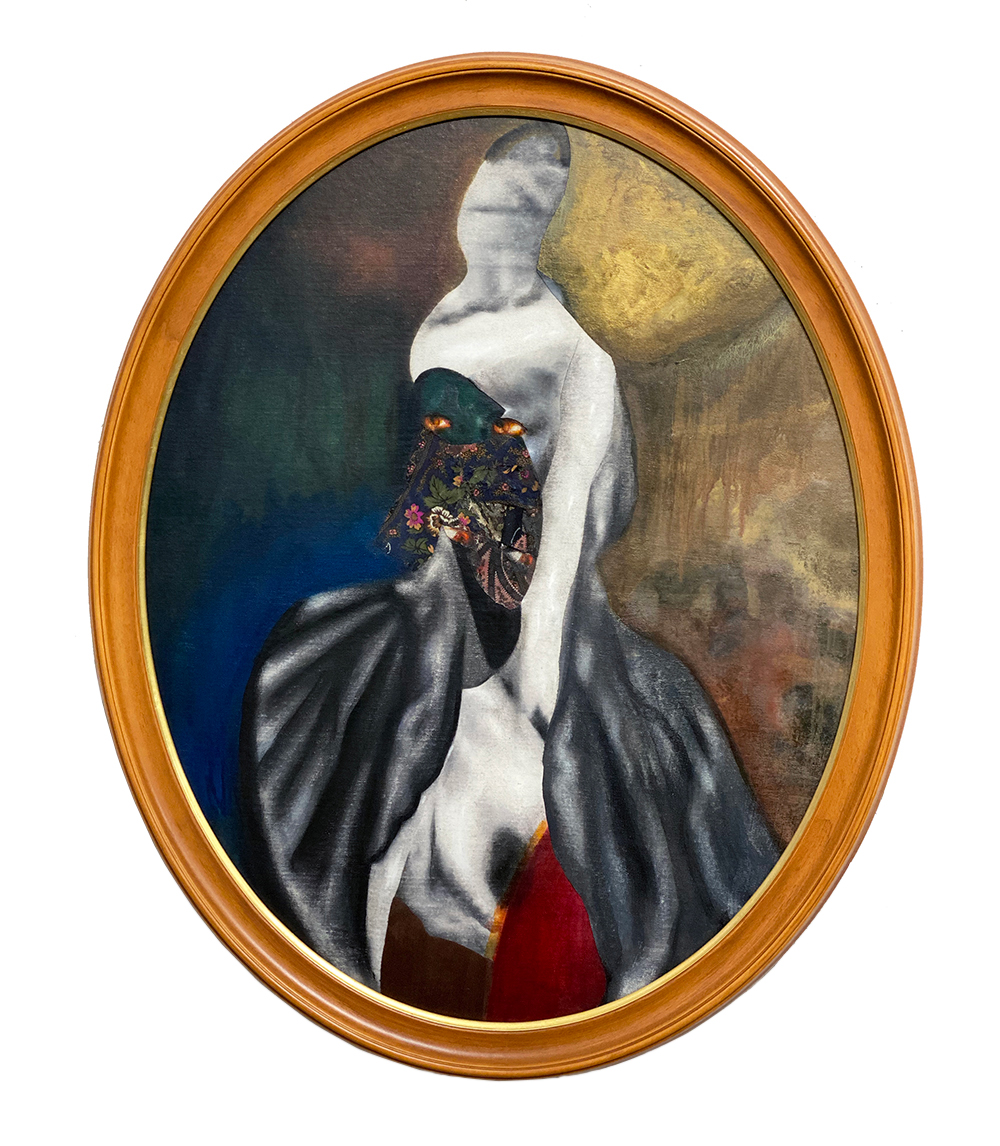
Our World Two
Steve Turner is pleased to present the second iteration of Our World, an online group exhibition which features new works by seven artists (Patrick Bayly, Siro Cugusi, Jingze Du, Jon Key, Gabby Rosenberg, David Shrobe and Shirley Villavicencio Pizango) who come from various parts of the world and who have coalesced to become part of the gallery’s world. While the artists work in a broad range of media, styles and concepts, all make deeply personal work that is a consequence of their biography, geography, identity and mentality. Their world is our world and we are delighted to present this in early March, when the art world previously gathered for the Armory Show in New York. With no travel, no art fairs and no opening receptions, we want to demonstrate that life goes on, art goes on and community goes on.
Profiles with interviews of some Our World artists can now be viewed on the Focus section of our website. Others will be added over the course of 2021.
Siro Cugusi creates paintings that are deeply inspired by the landscape of his native Sardinia and the dreamscape of his subconscious. He juxtaposes tigers, Roman archaeological finds, pomegranates and fleshy forms within lush mountain scenes typical to those of the Sardinian highlands where he lives. Many of his recent paintings have simply been titled “Forest,” a metaphor for the mystery of the human psyche. The unknown is the destination for Cugusi and he uses symbols from the forest to get there. In so doing, he leaves reality behind and bends the rules of the universe. He juxtaposes familiar images with indiscernible ones and combines representation and abstraction to create an alternate world that is poetically tuned and dramatically heightened in which we find ideas, experiences, ideals, sufferings, hopes, myths, dreams and nightmares.
Jingze Du creates paintings that are largely grey with accents of black and white. Most depict heads in various configurations. Some are slightly contorted while others are more naturalistic. They represent an oscillating position that is in between various alternatives: strength and weakness; fast and slow; masculine and feminine; validation and rejection; external and internal; conformity and independence, and above all they represent Du’s status as an immigrant, someone whose life has been neatly divided into two parts, the first half in China; the second half in Ireland.
Gabby Rosenberg creates paintings that encompass both representation and abstraction. Some lean one way, some the other, but all include rich color compositions, carefully chosen for the way individual colors relate to others. These relationships, which sometimes have sharp contrast and other times subtle contrast, are central to Rosenberg’s compositions. To the extent that figuration is depicted, Rosenberg presents gender-ambiguous figures that are part self and part monster. Many have fragmented body parts that are stacked in concentric circles. These blobby characters are often depicted with exposed joints or innards, a suggestion of vulnerability. They represent a visceral feeling of otherness and the complex fluidity of identity. Rosenberg also acknowledges a debt to Mary Shelley’s Frankenstein with its creature’s desire for intimacy.
David Shrobe (born 1974, New York) creates multi-layered portraits by repurposing everyday materials that he finds in his Harlem neighborhood. He disassembles furniture, separating wood from fabric and recombines them as supports for collage, painting and drawing. In doing so, he excavates history to create fragmented portraits that relate to his family history. Many of his works are oval in shape, and with their use of fabric, they bear a faint relationship to early daguerreian portrait photography, especially the early images of Frederick Douglass. By combining the found and repurposed materials of Harlem with the photographic history of African Americans, Shrobe produces new narratives that feel intimate and personal without being anchored to a specific time or place.
Jon Key’s paintings feature his own likeness as a contorted black man in a variety of poses against green, black, violet and red backgrounds. The colors render the figure flamboyant and provocative while the tight framing stifles his freedom. Key limits his palette to these four colors to acknowledge his Southern roots, his Blackness, his Queerness and his family. In other recent works, he has introduced other members of his family including his twin brother, parents and grandparents.
Patrick Bayly creates figurative paintings that depict bizarre and inexplicable scenes with a strong overlay of color. Though meaning might be difficult to decipher, dramatic color compositions do convey dark and mysterious moods. As a recent graduate of Columbia University’s MFA program (2020), Bayly has added conceptual rigor to his ample technical skills.
Shirley




















